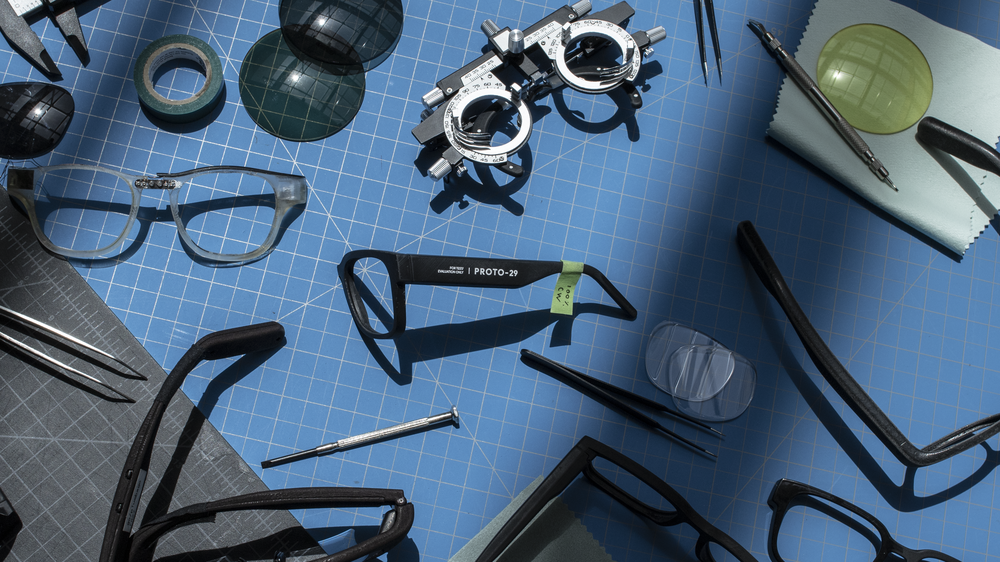Google begins testing new AR smart glasses — now with less Glassholes
The next iteration of Google Glass hits the streets starting in August

Google has reportedly been working on new AR glasses for some time, but now we have confirmation that new hardware is getting closer.
In a recent blog post, Google announced that it will begin testing a new AR smart glasses prototype in public beginning in August. Google has apparently been lab testing the AR prototype for a bit, but has now determined that they have reached the point where real-world data is needed to proceed with their latest AR project.
Google Glass 2.0: What happened the first time Google tried AR
This is — famously (or rather, infamously) — not the first time that Google has attempted to make an AR headset. The original Google Glass was launched in 2013 and was one of the earlier smart glasses to come to market. Unfortunately, that may have crippled the smart glasses industry for years.
“Glassholes," as Google Glass’s first public ambassadors were often called in news stories at the time, were notorious for breaking social norms and violating the privacy of bystanders. This was largely due to Google’s inclusion of an integrated camera, and Glassholes not realizing that they shouldn’t use that camera to constantly record unwitting strangers.
The smart glasses industry seems to have learned from Google’s mistakes. Intel’s new Vaunt smart glasses are leaving the camera on the cutting room floor and are instead using lasers to provide an AR heads-up display for users. Google’s new prototype is also abandoning photography and videography, signaling a potential shift in the industry after the failure of the first Google Glass.
Google Glass 2.0: Potential features
While Google’s new AR prototype will include an integrated camera, Google says that photography and videography functions will not be supported. Who knows if this will hold true if the product ever launches, but for now Google seems focused on learning from its mistakes and preventing a further generation of Glassholes.
Instead, the aim of this iteration of the AR headset will be focused on features like real-time translation. An example Google provided was the ability to look at a menu and then have it translated onto the in-lens displays. These lenses may also be designed by Raxium, a Micro LED firm that Google acquired earlier this year.
Get instant access to breaking news, the hottest reviews, great deals and helpful tips.

Another key feature will be AR navigation. Google says that it will take factors such as weather and traffic into account to allow users to find directions to their favorite places. This at least seems to be a feature brought over from the original Google Glass project.
Google claims to be taking things slow, so if you really cannot wait for Google Glass 2.0, you can check out Google Glass Enterprise Edition. However, this version of Google Glass is primarily focused on business applications, and requires you to contact Google directly to purchase a pair. Most users will likely want to wait and see what Google produces down the road or keep an eye on the latest Apple Glasses rumors instead.

Malcolm has been with Tom's Guide since 2022, and has been covering the latest in streaming shows and movies since 2023. He's not one to shy away from a hot take, including that "John Wick" is one of the four greatest films ever made.
